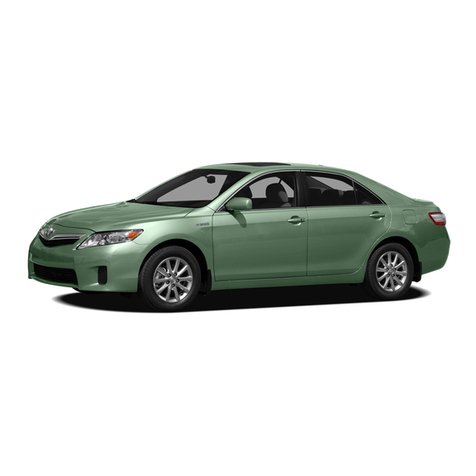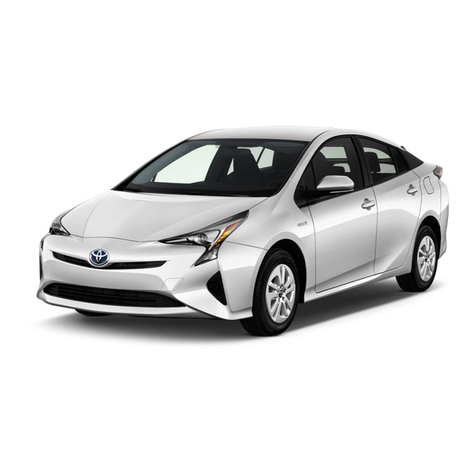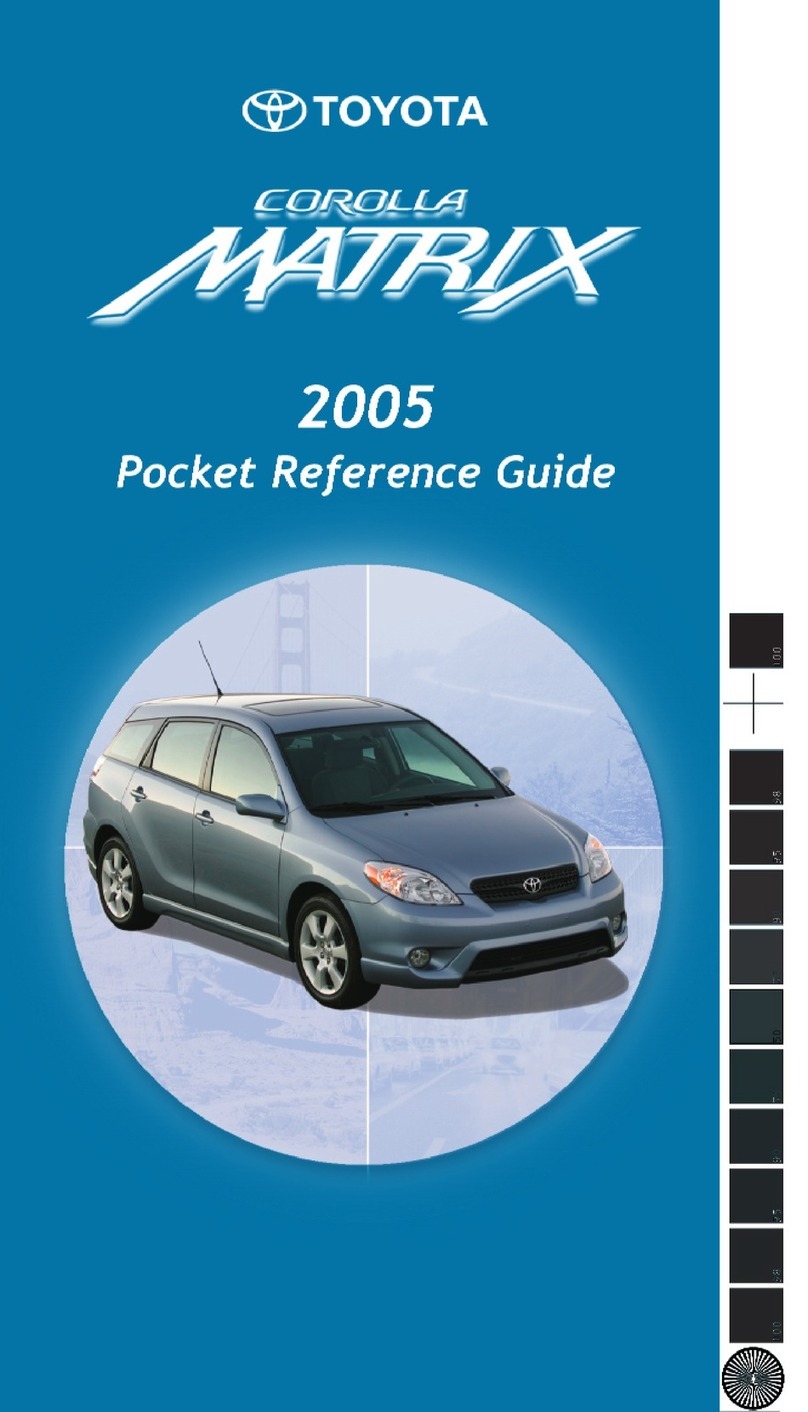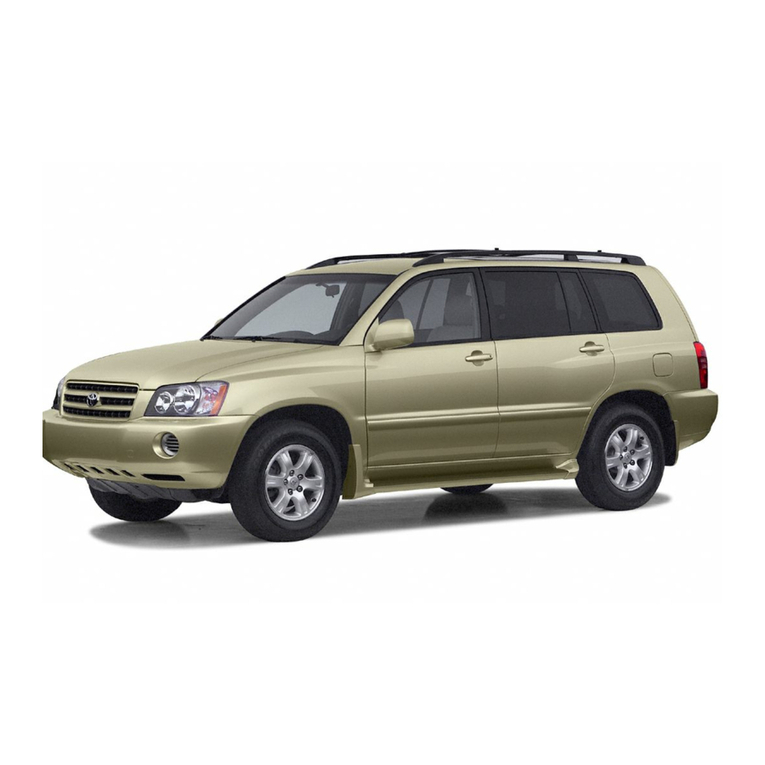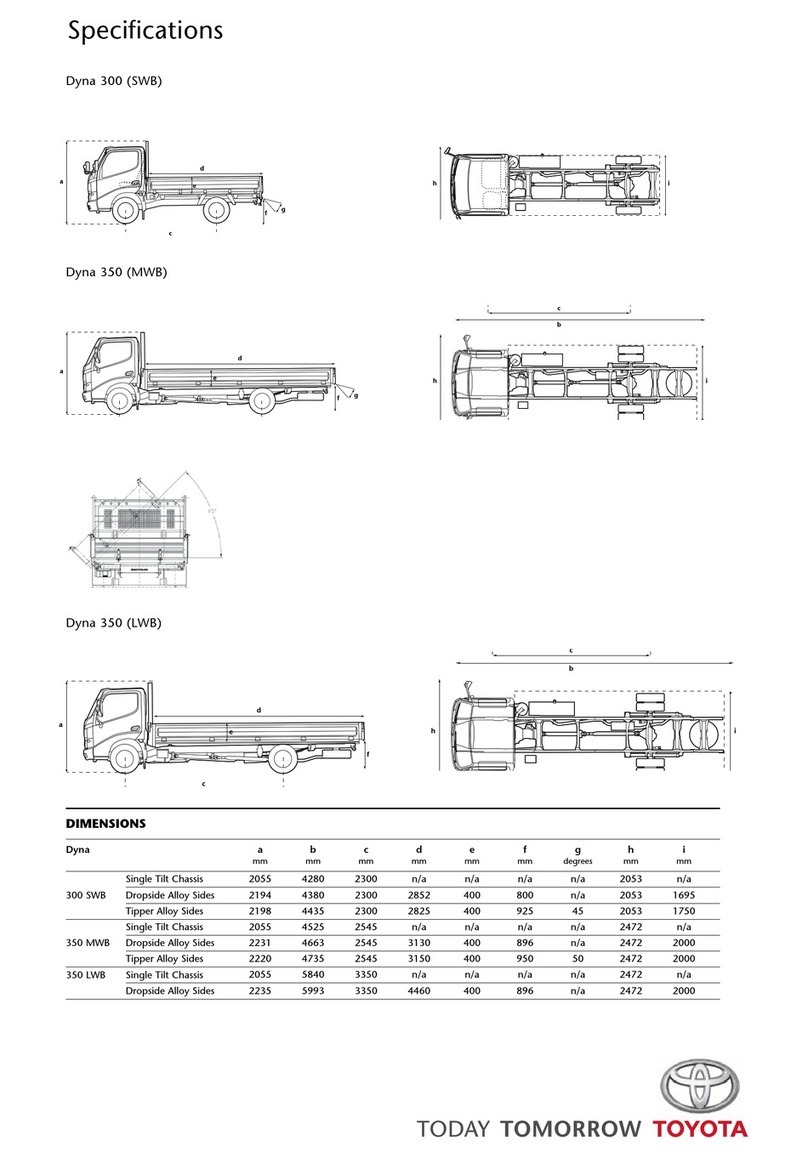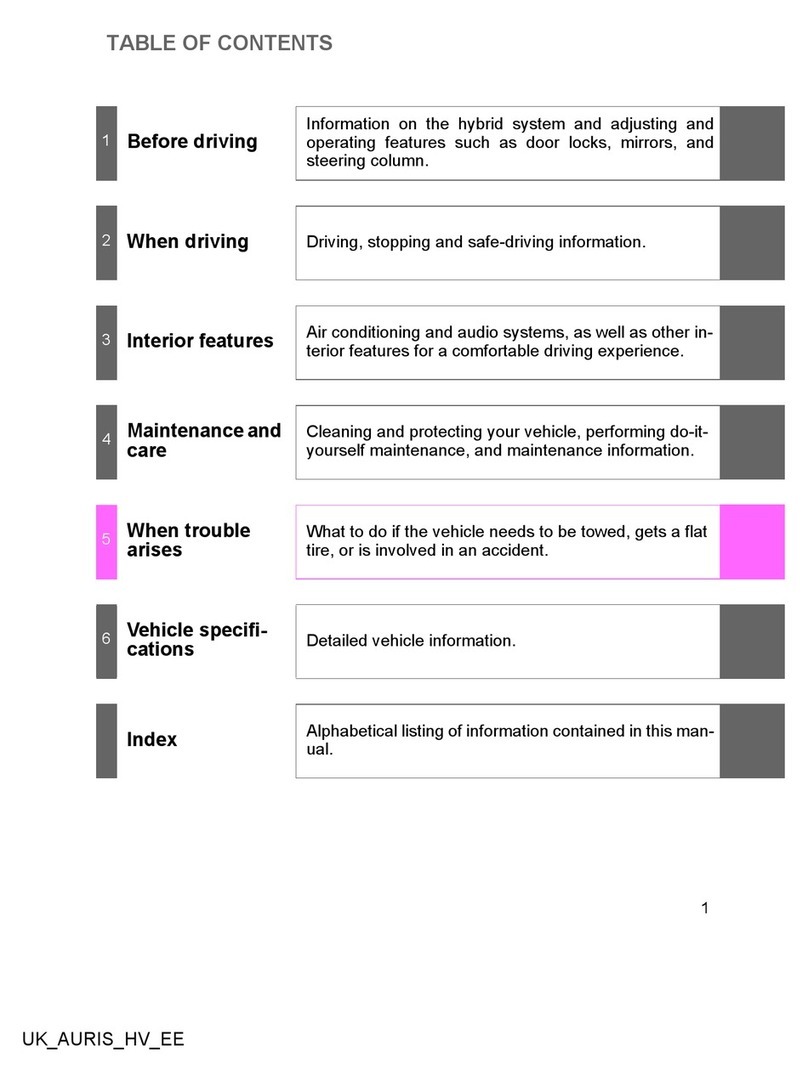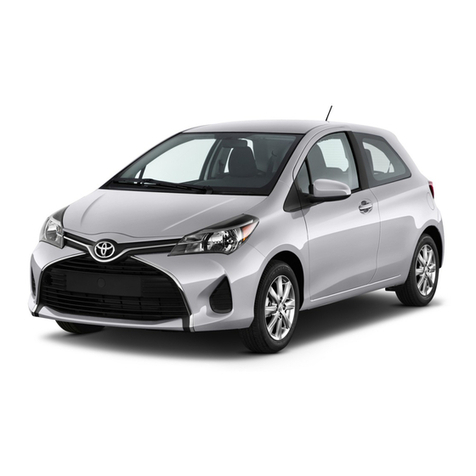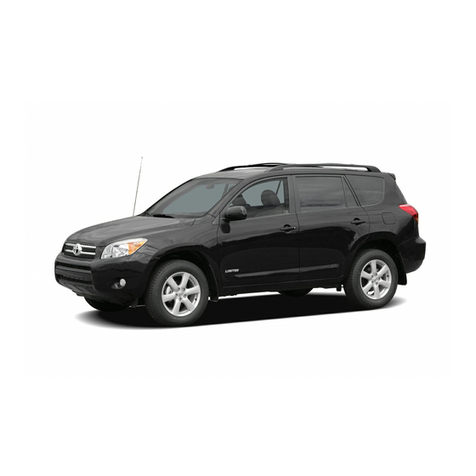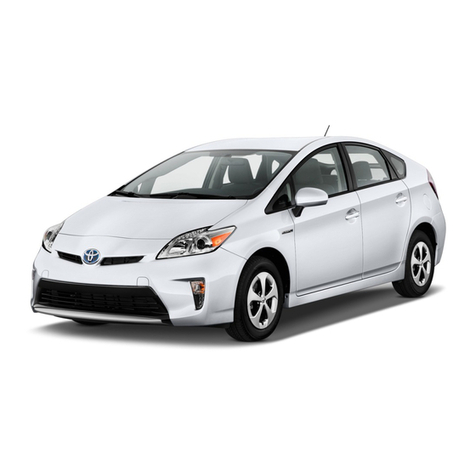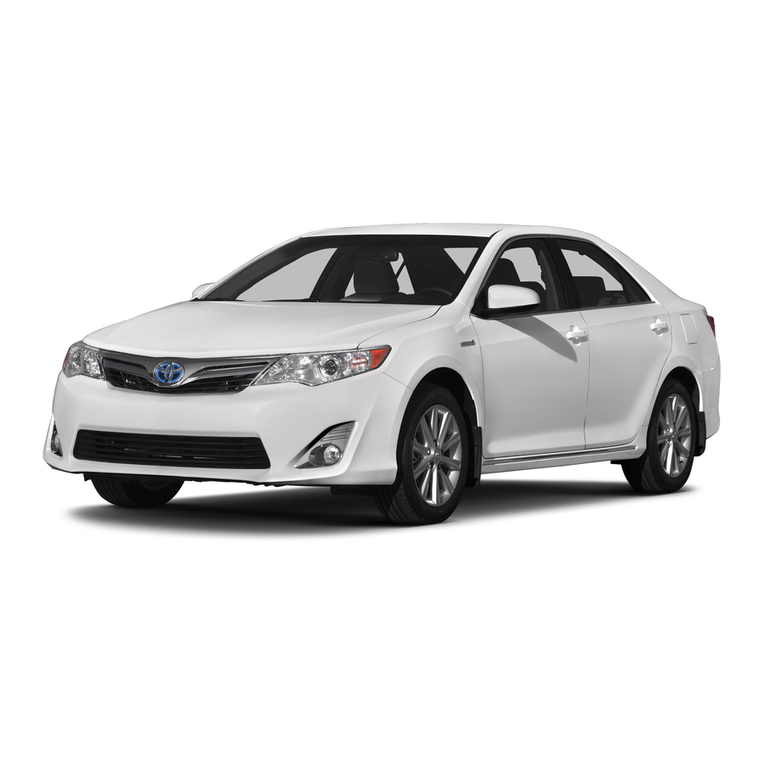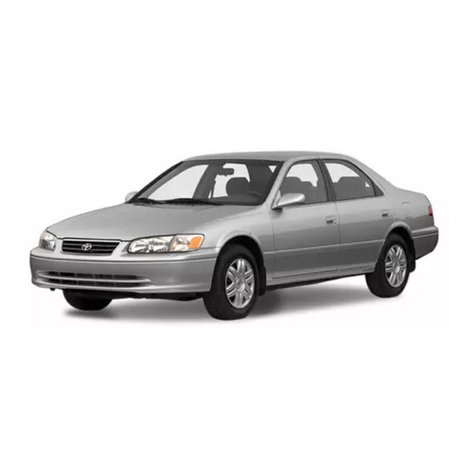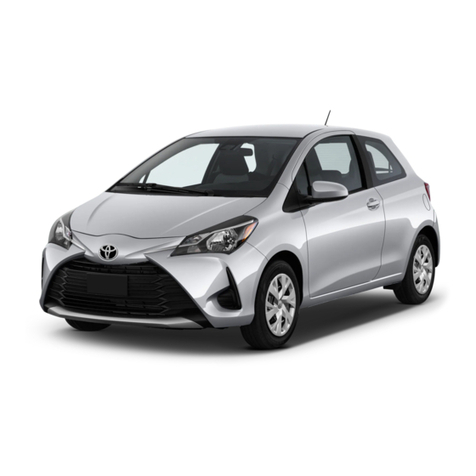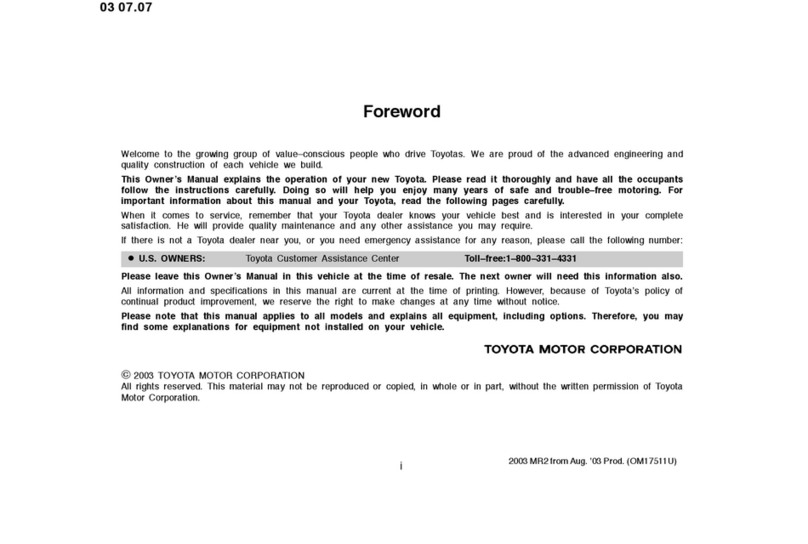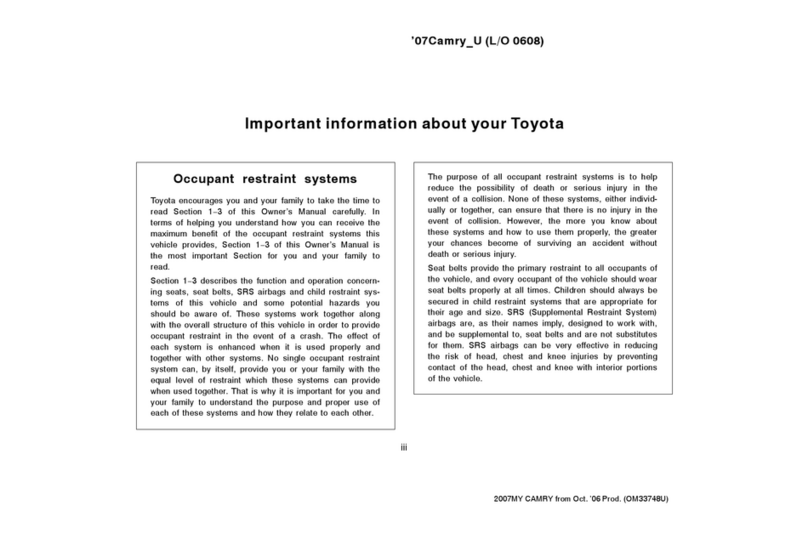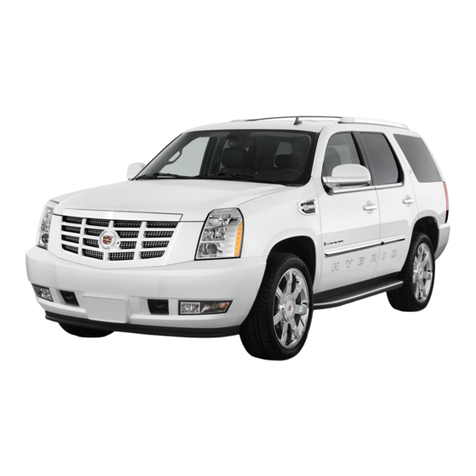11
OVERVIEWBASIC VEHICLE OPERATION FEATURES/OPERATIONS SAFETY AND EMERGENCY FEATURES
10
FEAT RES/OPERATIONS
Hybrid Synergy Drive System
•The vehicle has both high voltage DC and AC systems
as well as a 12-volt system. DC and AC high voltage
are both very dangero s and can ca se death, severe
b rns, electric shock or other serio s inj ries.
•In order to avoid personal inj ries, do not to ch,
remove or replace high voltage cables which are
colored orange, and/or their connectors, high voltage
parts s ch as the inverter nit, hybrid vehicle battery,
etc.
The Hybrid Synergy Drive System tilizes a comp ter
controlled gasoline engine and electric motor to
provide the most efficient combination of power for
the vehicle. To conserve energy, when the brakes
are applied, braking force generates electricity
which is then sent to the battery. In addition, the
engine sh ts off when the vehicle is stopped. The
benefits are better f el economy, red ced vehicle
emissions and improved performance.
Note: F el cons mption and energy information of
the Hybrid System are shown on the m lti-
information display.
Refer to the Owner’s Manual for more details.
Refer to the Owner’s Manual for more details.
Turning off the Hybrid System
Depress the brake pedal, then p sh the Park
b tton above the shifter.
P sh the “POWER” b tton to t rn off the system.
Insert key*.
Depress the brake pedal, and p sh the
“POWER” b tton briefly and firmly.
The “READY” light will blink. After a few
seconds, when the light remains on and a beep
so nds, yo may begin driving.
Without pressing down on the brake pedal
The brake pedal m st be depressed to t rn the
Hybrid System on. If the brake pedal is not
depressed, pressing “POWER” will change the
operation mode in s ccession from:
Starting the Hybrid System
-IG-ON
OFF
Accessories s ch as the radio will operate.
Ignition is on, Hybrid System is not
engaged.
All systems OFF.
*It is not necessary to insert the ignition key (key
fob) if smart key system is installed and activated.
Tips for improved fuel economy
Ens re tire press res are maintained at levels
specified in the Owner's Manual.
Link trips, if possible, to red ce engine cold starts.
Avoid driving at speeds that are higher than
necessary, especially on the highway.
When possible, avoid s dden stops to maximize
regenerative braking energy.
Minimize se of the air conditioning.
ACC
